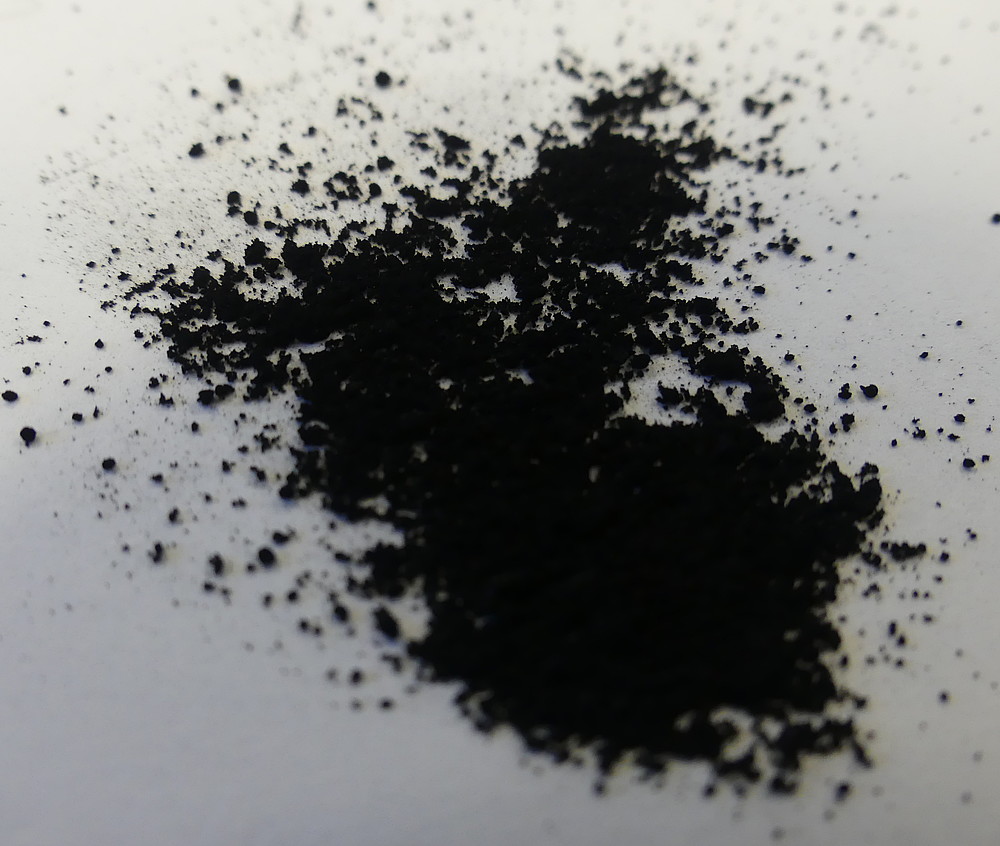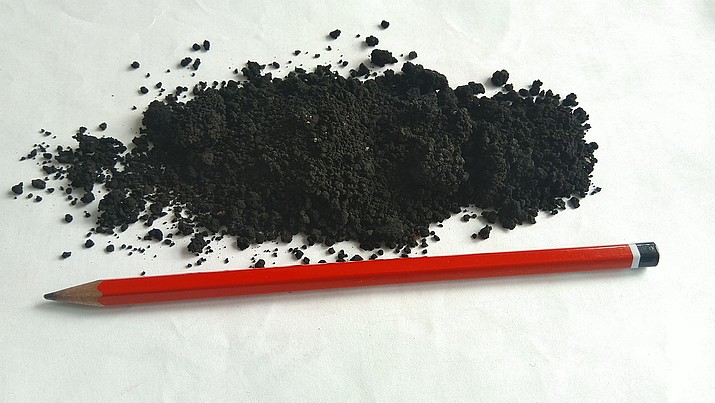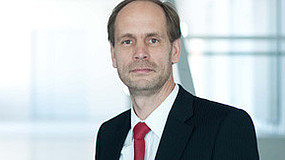LaNDER³- Researchers develop technologies to convert CO2

In addition to reducing or avoidingCO2 emissions, the path to climate neutrality also requires technologies for storing and converting theCO2 emitted. Such technologies can absorb climate-damaging emissions.
Due to the reform of EU emissions trading and the difficult framework conditions forCO2 storage in Germany,CO2 conversion technologies are already gaining relevance for industry.
Technologies for convertingCO2 into methane or methanol have already been researched and developed for some time. Methane for processing into natural gas and methanol as fuel for aircraft, for example.
Another option is the conversion ofCO2 into solid carbon. As an alternative to fossil carbon, this can be used in industry as a carbon source for building materials, fillers or composite materials.
However, there is hardly any technology or research on this to date.

In the recently launched impulse project Biorefinery, Material Recycling, Energy and Carbon , researchers from LaNDER³ are working together with partner companies within the research focus on energy and carbon to do just that.
The team is conducting research with the help of an SCCS plant developed at the Zittau/Görlitz University of Applied Sciences, a unique plant in Germany in which solid carbon is produced fromCO2. SCCS stands for Solid Carbon Capture Storage - carbon capture and storage in solid form.
The research focus on energy and carbon ties in with the research on heat management and reactor design for the Sabatier process, a LaNDER³ research project that ended in fall 2022. There, the researchers dealt with the conversion ofCO2 into methane, but also already with the conversion ofCO2 into solid carbon(we reported). In this project, the research team succeeded in optimizing a method for methane production fromCO2 and hydrogen, which has been known since 1902 but was previously very energy-intensive. A technology has been developed that can produce more methane fromCO2 and hydrogen with the same amount of energy.
Apart from the research plant developed at the Zittau/Görlitz University of Applied Sciences, there is currently no other plant in Germany that can convertCO2 into solid carbon.
In addition, our researchers have succeeded in optimizing the energy efficiency of an energy-intensive process for producing methane fromCO2 and hydrogen that has been known for over 100 years.
Over the next two years, the researchers will further optimize the technologies for convertingCO2 into methane or solid carbon. The main aim of the research is to make both technologies economical and energy-efficient and thus accessible to industry. In addition, the research team wants to open up further areas of application for methane and carbon.
The Upper Lusatian Energy Symposium 2023 & 32nd Zittau Energy Seminar
on November 7 and 8, 2023 offers a platform for interdisciplinary exchange on the key topic of "Hydrogen - a network of the future"
